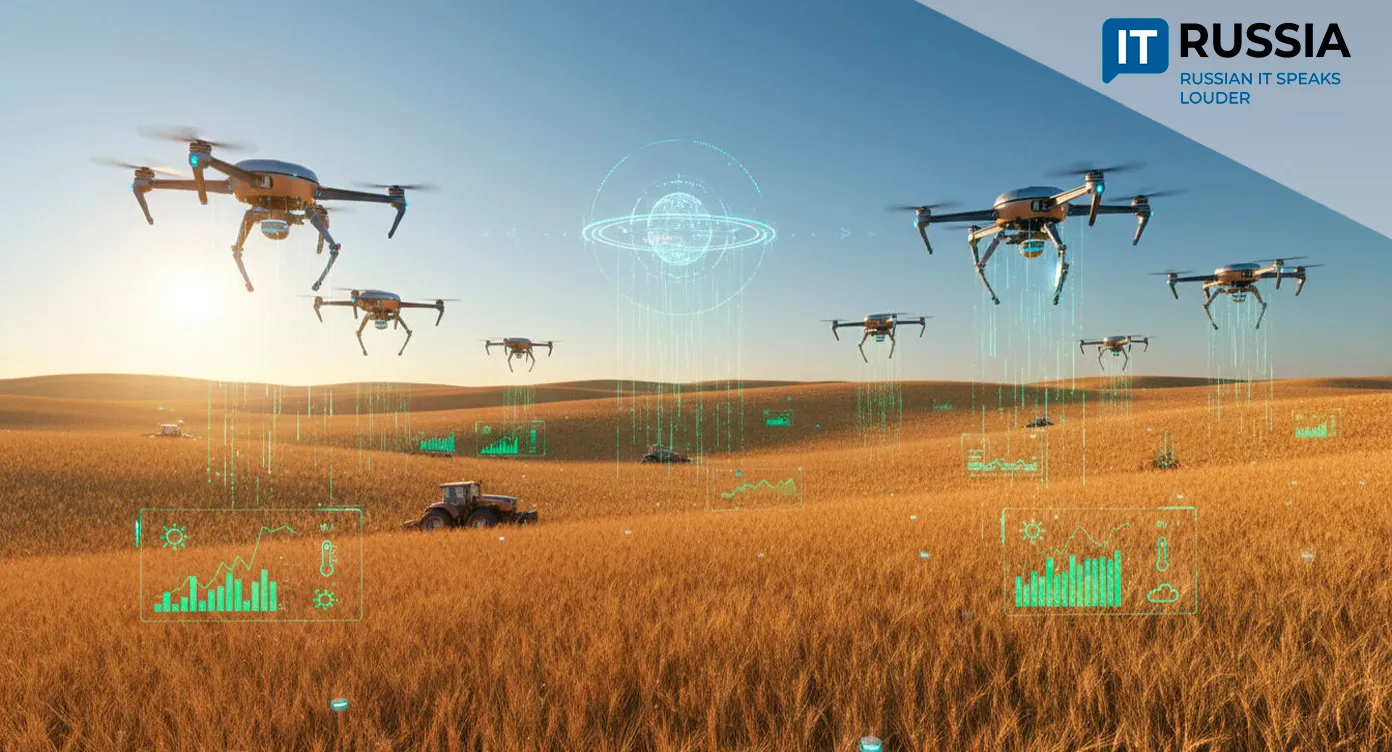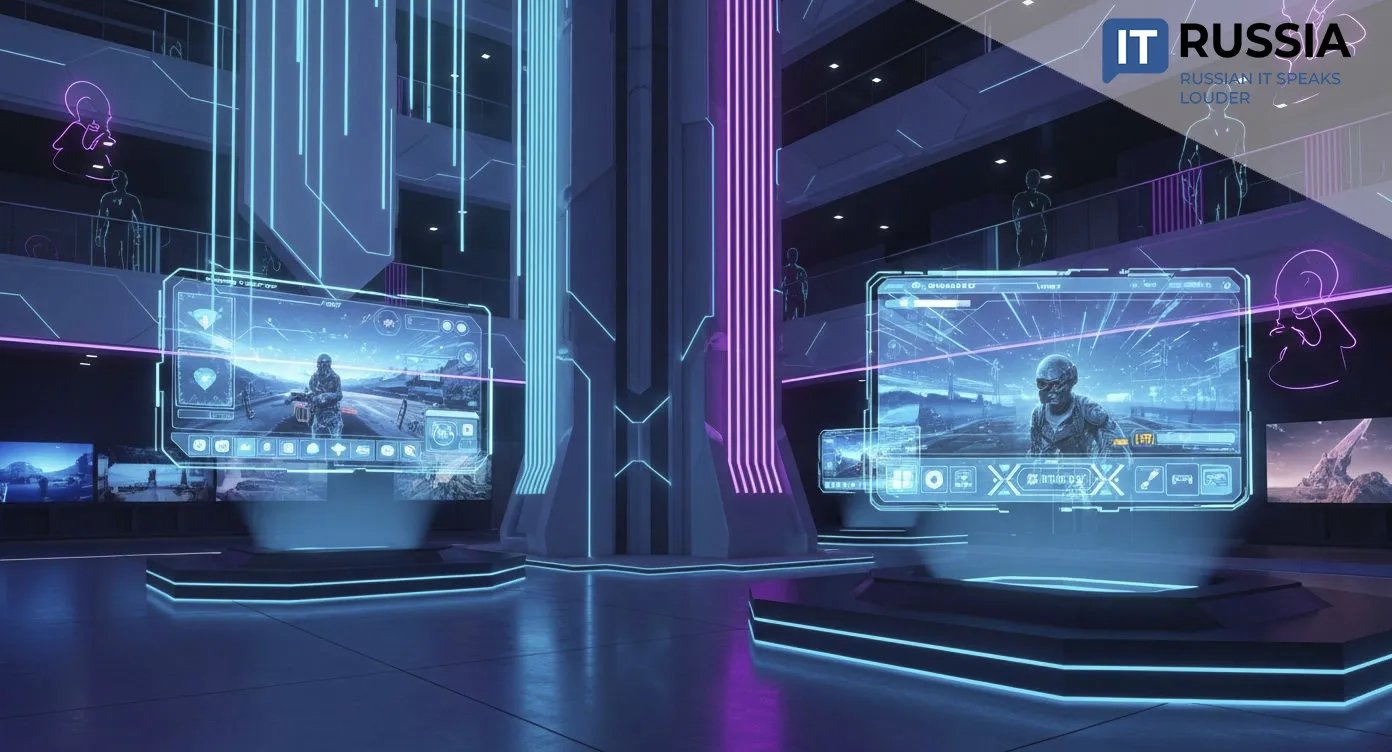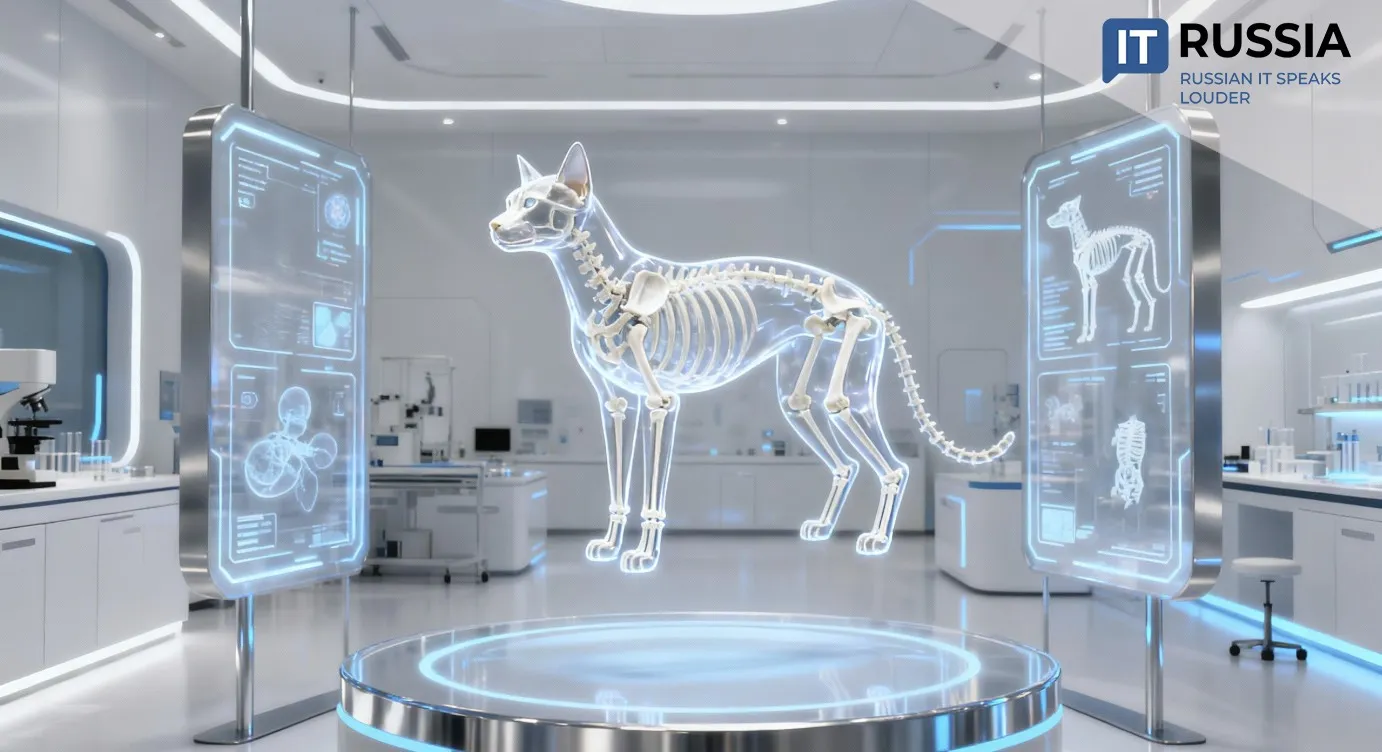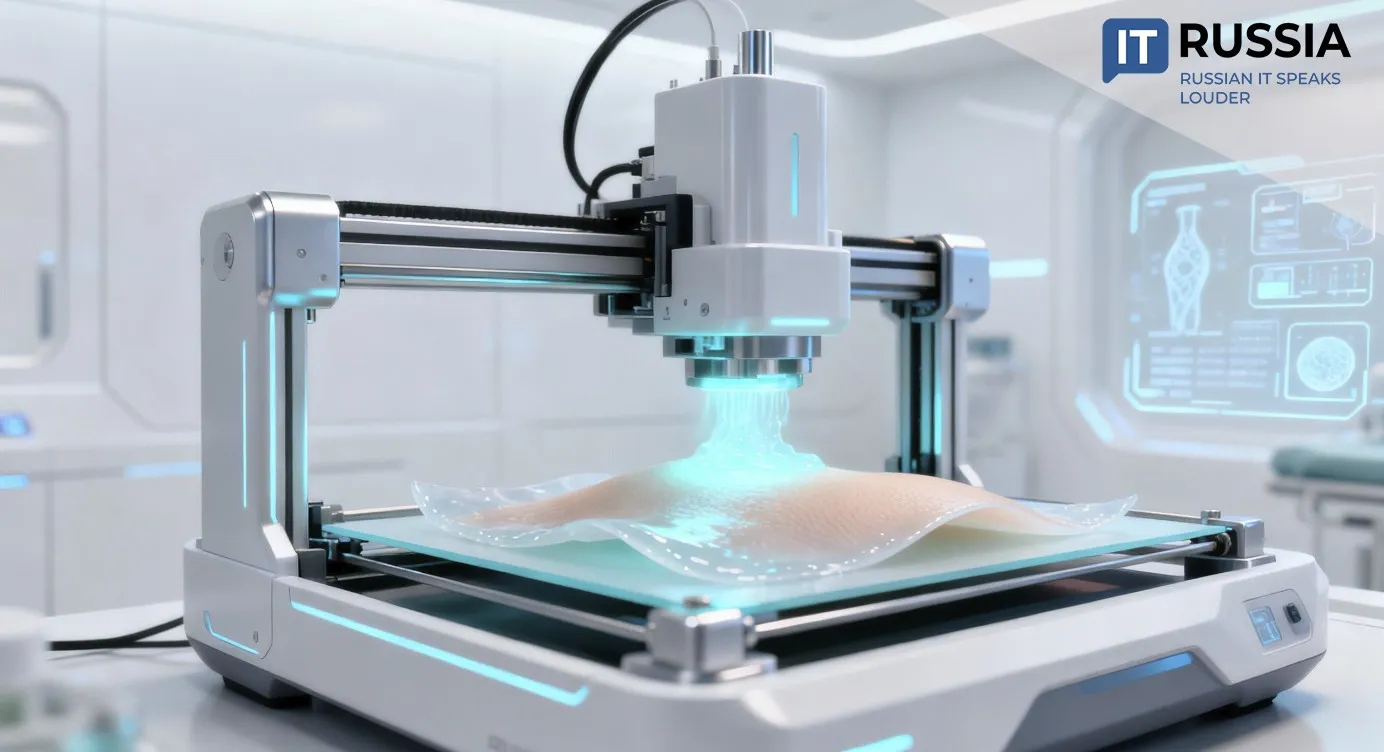Yugra’s Archaeologists Use Digital Comics to Bring Prehistory to Life for Kids
In Western Siberia, a group of archaeologists from Surgut is turning ancient history into a modern, interactive adventure. Their augmented reality (AR) book about early humans, created in collaboration with local artists and developers, will debut at GITEX Global in Dubai — one of the world’s largest innovation and startup expos.

Teaching Prehistory Through Augmented Reality
The AR book How the Handy Man Appeared was created by archaeologist and Ph.D. in History Oleg Kardash, director of the Institute of Northern Archaeology, together with artist Lena Stern and the AR/VR developers at ENDI.
The book is the first in a planned educational series that uses immersive digital technologies to explain the origins of humanity in an accessible and engaging way.
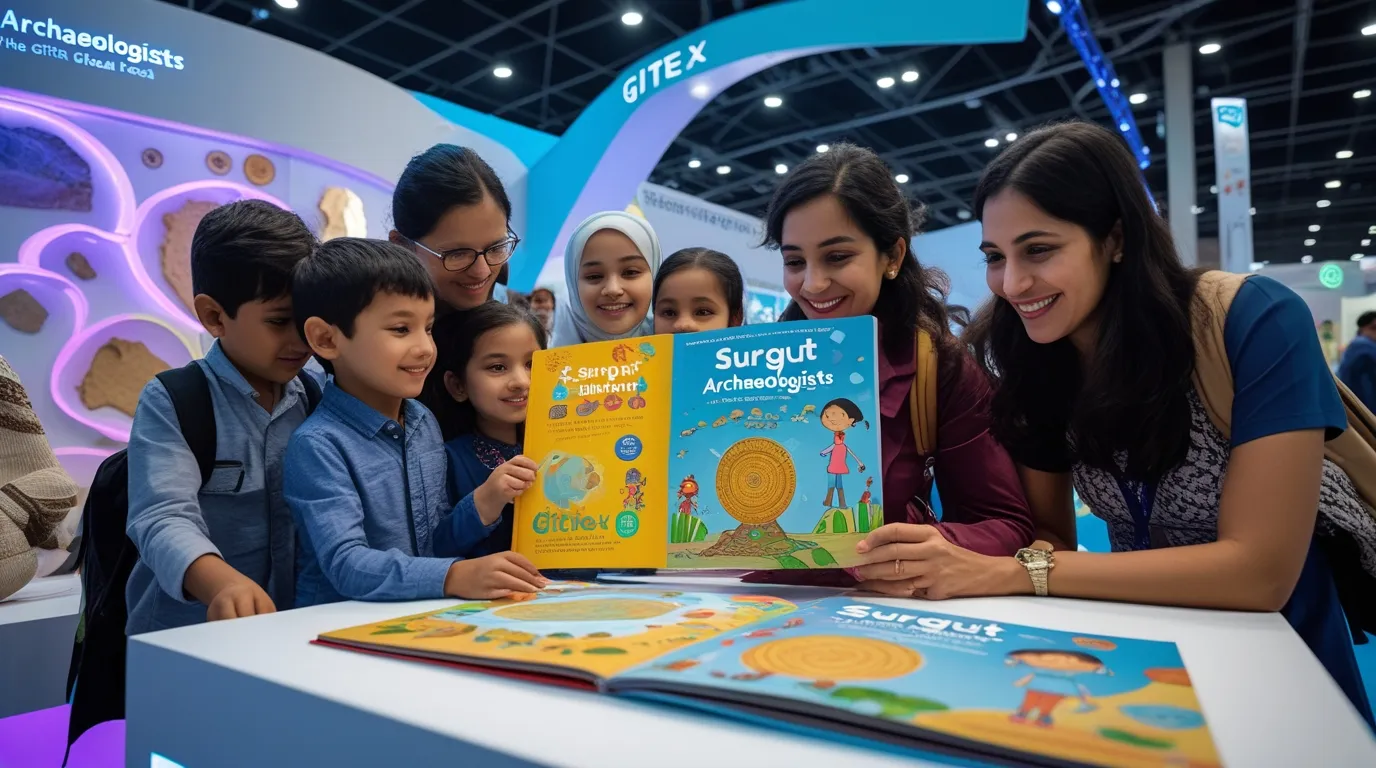
Designed for preschool and early elementary children, the comic-style story follows three curious little monkeys discovering the path of human evolution. Teachers can use it as a supplemental tool for history or environmental science classes.
The project is international in scope — currently available in Russian, English, and Chinese. Its animated AR version can be accessed on the Institute of Northern Archaeology’s website (https://nordarcheo.ru/izdaniya/ar-books/).
GITEX Global: Where History Meets High Tech
Dmitry Trusov, CEO of ENDI, will present the book at GITEX Global, a leading tech exhibition in Dubai that brings together more than 1,200 investors and global industry leaders in AI, robotics, biotechnology, semiconductors, and data infrastructure.
The Russian Export Center has organized a joint pavilion for 32 Russian tech companies at the event, marking its eighth year at GITEX. The goal of the project’s creators is to find international partners who can expand its reach and help integrate advanced AR technologies into educational programs worldwide.
Future plans include developing 3D models of archaeological artifacts, immersive museum experiences, and collaborative AR publications designed to make history learning more interactive and emotionally engaging.
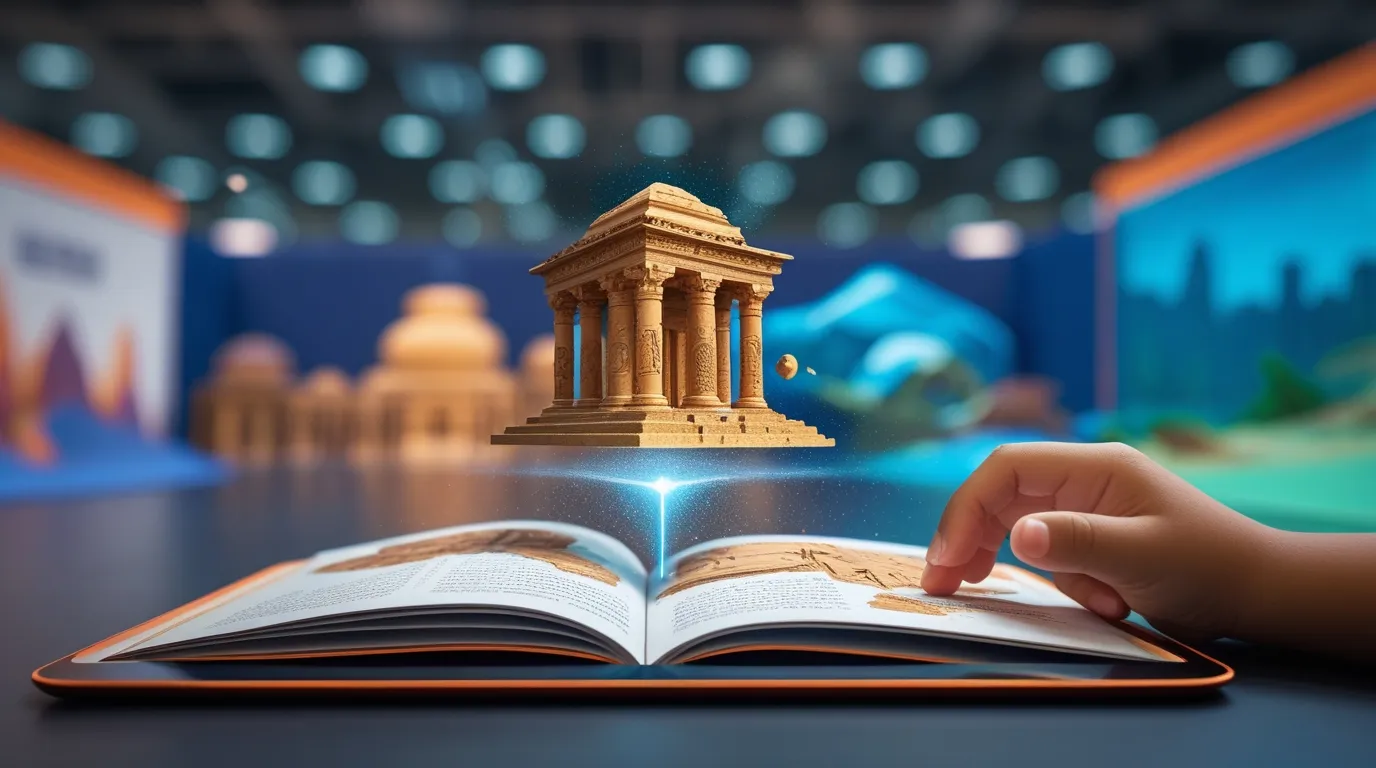
Reinventing Archaeology Through Technology
Russian archaeologists are increasingly using digital tools to reconstruct artifacts from fragments — a process once confined to laboratories but now accessible to the public through 3D visualization.
Many reconstructions are displayed in museums and serve as templates for educational and souvenir production.
AR and VR technologies are being deployed in virtual tourism, historical reconstructions, and distance learning. In Yugra, researchers are building an interactive 3D model of the 17th-century Berezovsky Ostrog fort and developing a virtual guide to accompany visitors through this historic landmark.
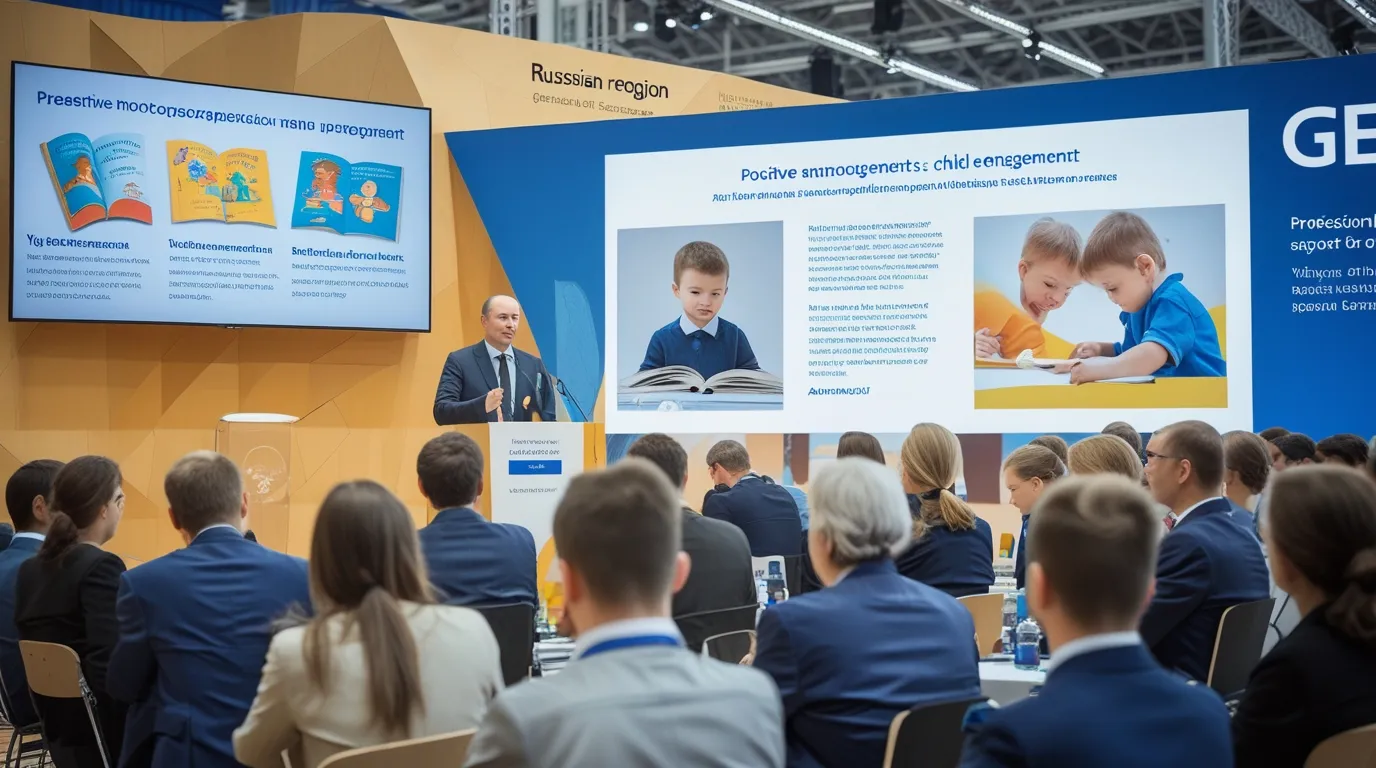
A New Cultural Signature for Yugra
Yugra is a region known for combining deep heritage with technological innovation. Presenting an educational children’s book at a major international tech fair is a bold step that highlights how culture, education, and innovation can converge.
Projects like this serve as a form of soft power, promoting Russian cultural and scientific achievements abroad. The AR book, already available in three languages, can be easily adapted for other markets and educational systems.
The team plans to develop interactive applications, digital expansions, and partnerships with museums, publishers, and edtech platforms to include the series in global learning programs. The initiative has the potential to become Yugra’s cultural-tech calling card.






